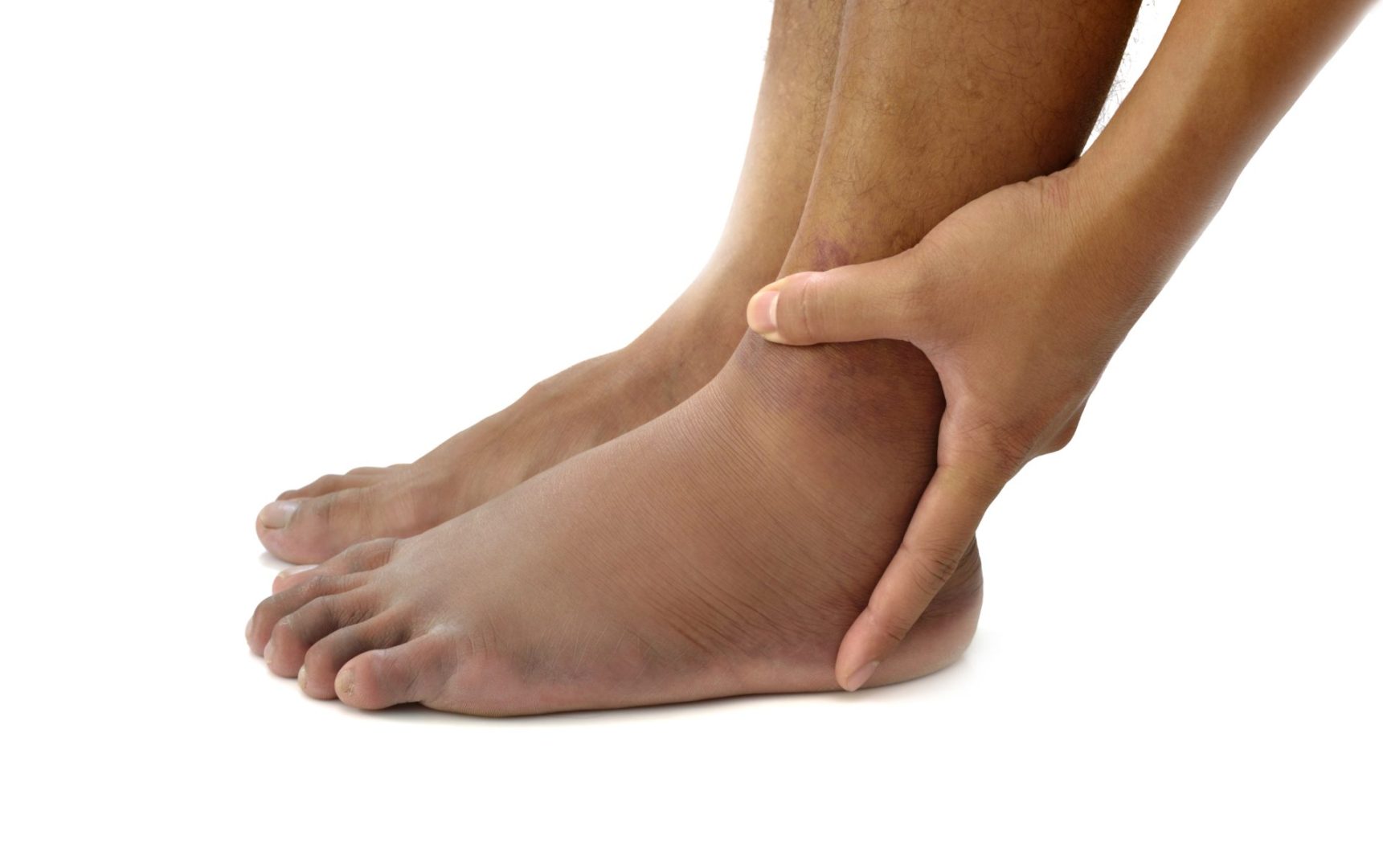Your ankles might seem like an unlikely place for your body to send important health messages, but swelling in your feet and ankles can be one of the earliest warning signs of serious medical conditions. While occasional puffiness after a long day of standing is normal, persistent or sudden ankle swelling often indicates that something significant is happening elsewhere in your body.
Understanding what ankle swelling reveals about your overall health could help you catch serious conditions before they become life-threatening emergencies.
Heart failure shows up in your feet first
When your heart isn’t pumping blood effectively, fluid backs up in your circulatory system and gravity pulls it down to your ankles and feet. This is often one of the earliest visible signs of heart failure, appearing before chest pain or severe shortness of breath.
The swelling typically affects both ankles equally and gets worse throughout the day. You might notice that your shoes feel tight by evening or that pressing on the swollen area leaves an indentation that takes time to disappear.
Heart-related ankle swelling often comes with other subtle symptoms like fatigue, mild shortness of breath during normal activities, or needing more pillows to sleep comfortably. These signs together paint a picture of a cardiovascular system under stress.
Don’t dismiss ankle swelling as just getting older or being on your feet too much. When your heart is struggling, your ankles often provide the first visual evidence that something needs medical attention.
Kidney disease announces itself through fluid retention
Your kidneys are responsible for filtering excess fluid and waste from your blood. When they’re not working properly, fluid accumulates in your body, and ankle swelling is often the first place you’ll notice this retention.
Kidney-related swelling tends to be more pronounced in the morning and may affect your face and hands as well as your ankles. The swelling might seem to move around your body or be accompanied by changes in urination patterns.
People with diabetes are at particularly high risk for kidney disease, and ankle swelling combined with fatigue, frequent urination, or foamy urine should prompt immediate medical evaluation.
Early detection of kidney problems is crucial because the damage is often irreversible once it progresses. Ankle swelling can provide the early warning that allows for treatment to slow or stop further kidney deterioration.
Liver problems create circulation backup
Your liver produces proteins that help maintain proper fluid balance in your blood vessels. When liver function declines, these protein levels drop, allowing fluid to leak out of your blood vessels and accumulate in your tissues.
Liver-related ankle swelling often develops gradually and may be accompanied by abdominal swelling, yellowish skin or eyes, or unexplained fatigue. The swelling tends to be more severe and may extend up your legs.
Conditions like cirrhosis, hepatitis, or fatty liver disease can all cause this type of fluid retention. Heavy alcohol use, certain medications, and viral infections can damage the liver enough to affect its protein production.
Blood clots create dangerous one-sided swelling
Deep vein thrombosis (DVT) typically causes swelling in only one leg or ankle, making it different from the bilateral swelling seen with heart or kidney problems. This type of swelling often develops suddenly and may be accompanied by pain, warmth, or redness.
Blood clots are medical emergencies because they can break loose and travel to your lungs, causing a potentially fatal pulmonary embolism. One-sided ankle swelling, especially with pain or skin color changes, requires immediate medical attention.
Risk factors for blood clots include recent surgery, long periods of immobility, certain medications, pregnancy, and genetic clotting disorders. Even young, healthy people can develop blood clots under certain circumstances.
Medication side effects you might not expect
Many common medications can cause ankle swelling as a side effect. Calcium channel blockers used for high blood pressure, certain diabetes medications, hormones, and anti-inflammatory drugs can all cause fluid retention.
This type of swelling usually develops gradually after starting a new medication or increasing a dose. It typically affects both ankles equally and may improve when the medication is discontinued or the dose is adjusted.
If you’ve recently started new medications and notice ankle swelling, don’t assume it’s unrelated. Many people don’t realize that medications can cause swelling weeks or even months after starting them.
Lymphatic system dysfunction creates persistent puffiness
Your lymphatic system helps drain excess fluid from your tissues back into your bloodstream. When this system isn’t working properly, fluid can accumulate in your ankles and feet, creating persistent swelling that doesn’t improve with elevation or rest.
Lymphedema can develop after surgery, radiation treatment, infection, or injury that damages lymph nodes or vessels. The swelling tends to be firm rather than soft and may have a different texture than other types of ankle swelling.
This condition often affects one leg more than the other and may be accompanied by a feeling of heaviness or tightness in the affected limb.
Chronic venous insufficiency affects circulation
When the valves in your leg veins don’t work properly, blood pools in your lower legs instead of returning efficiently to your heart. This creates increased pressure that forces fluid out of your blood vessels and into surrounding tissues.
Venous insufficiency often causes ankle swelling that’s worse at the end of the day and improves with leg elevation. You might also notice skin color changes, varicose veins, or a feeling of heaviness in your legs.
This condition is more common in people who stand for long periods, have a family history of vein problems, or have had blood clots in the past.
When ankle swelling demands immediate attention
Sudden onset of ankle swelling, especially if it’s one-sided or accompanied by chest pain, shortness of breath, or severe leg pain, requires emergency medical care. These symptoms can indicate blood clots or heart problems that need immediate treatment.
Gradual ankle swelling that persists for more than a few days or doesn’t improve with rest and elevation should be evaluated by a healthcare provider. Even if the cause turns out to be benign, early diagnosis and treatment of underlying conditions can prevent serious complications.
Your ankles are often the first place your body shows signs of systemic health problems. Pay attention to changes in swelling patterns, and don’t hesitate to seek medical advice when something doesn’t seem right.















